.webp)
Albariño wine, with its fresh and aromatic charm, is a delightful find from the coastal vineyards of Spain and Portugal. In this guide, we'll explore everything you need to know to enjoy this fantastic wine.
We'll start by looking at what is Albariño wine, explaining its origins and what makes it unique. Then, we'll dive into the sensory Profile of Albariño wine, describing the flavours and aromas you can expect, like zesty citrus and delicate floral notes.
To help you make the most of your Albariño experience, we'll suggest some food pairing ideas that pair perfectly with its fresh taste. Plus, we’ll give you practical tips for serving and storing Albariño wine so you can enjoy it at its best.
Albariño’s character is shaped by where it's grown, so we'll delve into the regions where Albariño wine is most produced and how climate influences its profile. We'll also show how geography and weather affect its taste. Choosing a good bottle can be tricky, but we'll offer practical advice to help you pick the right Albariño wine.
Finally, we’ll compare Albariño with another popular Spanish white wine, Verdejo, highlighting what makes each special.
Whether you’re a seasoned wine lover or just curious, this guide will help you appreciate and enjoy the wonderful world of Albariño wine.
Albariño wine is a delightful white wine primarily produced in the Rías Baixas region of Galicia, Spain, and known as Alvarinho in Portugal's Vinho Verde region. This wine is celebrated for its bright acidity and refreshing flavours, making it a favourite for many wine lovers.
The Albariño is a white grape variety that produces wines that are light-bodied and typically have low alcohol content, usually between 12-14%. Wines produced with this grape variety shine with flavours of citrus fruits like lemon, lime, and grapefruit, along with stone fruits such as peach and apricot. You might also notice hints of honeydew melon and a subtle salty note, thanks to the coastal vineyards where Albariño thrives.
Rías Baixas is the heartland of Albariño production, benefiting from a cool maritime climate that enhances the grape's acidity and aromatic profile. Portugal's Vinho Verde region also produces excellent Alvarinho, which is known for its zesty fruit flavours and sometimes a slight effervescence.
Albariño is versatile when it comes to food pairings. Its high acidity and fresh flavours make it a perfect match for seafood, especially shellfish. It also pairs well with grilled fish, poultry, pork, and vegetarian dishes like salads and creamy cheeses.
Albariño wine is loved for its fresh, aromatic qualities. Let’s explore what makes it so special, focusing on its look, smell, and taste.
Albariño wine typically has a bright, lemon-yellow colour with hints of green. It’s light to medium-bodied, which means it feels refreshing and balanced on the palate—not too heavy, but with enough substance to be satisfying.
Albariño is highly aromatic, offering a complex bouquet of scents. Here’s a breakdown:
Albariño’s taste is as rich and varied as its aroma. Here are the common flavours you might encounter:
Albariño is known for its high acidity, which makes it crisp and refreshing. This wine’s bright acidity, combined with its complex flavours and aromas, makes it a versatile choice for many dishes or simply enjoying on its own.
Albariño wine is well-loved for its fruity and floral aromas, as well as for its bright, refreshing flavours and high acidity. These characteristics make this wine a versatile choice for pairing with many dishes. Here’s a guide to some of the best food pairings to enjoy with Albariño:
Albariño is a natural match for seafood due to its crisp acidity and citrus flavours. It enhances the sweetness and richness of seafood dishes.
These pairings work well because the wine’s bright acidity cuts through the seafood's richness, creating a balanced and delightful experience.
Albariño’s acidity and fruitiness complement the bold and vibrant flavours of Asian dishes.
Albariño’s crispness helps cleanse your palate between bites, allowing you to enjoy the diverse flavours of Asian cuisine fully.
Albariño’s refreshing qualities pair well with lighter foods and meats, enhancing their flavours without overpowering them.
These dishes work well because the wine's acidity and citrus notes add a refreshing contrast and depth to the meat's savoury flavours.
The wine’s bright acidity and fresh flavours enhance the taste of fresh vegetables and salads.
These pairings are great because the wine cuts through the richness of dressings and complements the fresh, green flavours of the vegetables.
Albariño’s acidity and fruitiness balance the creaminess and richness of various cheeses.
Cheese and Albariño are a great match because the wine’s refreshing flavours help cleanse your palate, allowing you to fully appreciate the complexity of the cheeses.
Albariño can handle the heat of spicy dishes, providing a cooling and balancing effect.
These dishes pair well with Albariño because its acidity and fruitiness help cool and balance the spiciness, making for a harmonious meal.
Albariño wine is incredibly versatile, making it a perfect companion for a wide range of dishes. Enjoy experimenting with these pairings to find your favourite combinations!
Albariño is a white wine grape known for its bright acidity and fresh, fruity flavours. The regions where Albariño is produced significantly impact its taste and quality. Here's a look at the main regions and how their climates influence Albariño wine.

Rías Baixas, located in Galicia, northwest Spain, is the heart of Albariño production. The climate here is cool and maritime, thanks to the influence of the Atlantic Ocean, with lots of rain and moderate temperatures all year round. This coastal influence adds a touch of salinity to the Rías Baixas wines, which gives a very distinctive characteristic to the Albariño wines of the region. The five subzones of Rías Baixas—Val do Salnés, Condado do Tea, O Rosal, Soutomaior, and Ribeira do Ulla—each have their unique microclimates but all benefit from the cooling ocean breezes. These conditions help Albariño grapes retain their high acidity and fresh flavours.
Across the border in Portugal, the Vinho Verde region also produces Albariño, called Alvarinho there. The climate is similar to Rías Baixas, with a cool and maritime influence. This results in wines that are often lighter and sometimes slightly sparkling. The cooler climate enhances the wine's crispness and citrus notes, making it very refreshing.
Albariño has also found a home in California, especially in the Central Coast region. The climate here is warmer than Galicia but is moderated by coastal fog and ocean breezes. This humid climate helps maintain the grape's acidity while allowing richer fruit flavours to develop. California Albariños often have a balance of crispness and richer fruit characteristics.
Albariño is grown in smaller quantities in other regions, including Uruguay, Australia and New Zealand. These regions have varying climates, but the cooler areas are best for Albariño, ensuring the wines have the desired high acidity and fresh fruit flavours.
The climate in these regions ensures that Albariño wines are vibrant, with high acidity, fresh fruit flavours, and sometimes a hint of salinity, making them versatile and enjoyable.
Albariño wine is best when stored and served correctly. Here are some easy-to-follow tips to help you enjoy it at its best:
To keep your Albariño fresh and flavorful, follow these simple storage tips:
Serving Albariño the right way makes a big difference. Here’s how to do it:

By following these tips, you can enjoy every sip of your Albariño wine, bringing out its best flavours and aromas. Cheers!
Although Albariño shares similarities with many wines, such as Sauvignon Blanc, undoubtedly, the first that comes to mind in terms of comparison is Verdejo. Albariño and Verdejo are two of Spain's top white wines. But although they have some things in common, each also brings unique qualities to the table. Here’s a look at how they compare:
Both Albariño and Verdejo offer delightful, distinctive tasting experiences that highlight the diversity of Spanish white wines. Whether you prefer the crisp, mineral notes of Albariño or the tropical, herbal flavours of Verdejo, there’s plenty to enjoy with these two varietals.
Albariño wine is truly special. Crafted from Albariño vines, the bright acidity and fresh, fruity flavours of this wine make it incredibly refreshing. Originating from the coastal regions of Spain and Portugal, Albariño captures the essence of these areas with its citrus, green apple, and peach notes, along with a hint of salinity from the sea breeze. It's light to medium-bodied, making it crisp and enjoyable, especially with seafood and light dishes. But what makes Albariño unique for wine enthusiasts is its balance of complexity and approachability. Whether you're just starting to explore wines or you're a seasoned enthusiast, Albariño offers a delightful and memorable experience that stands out among white wines.

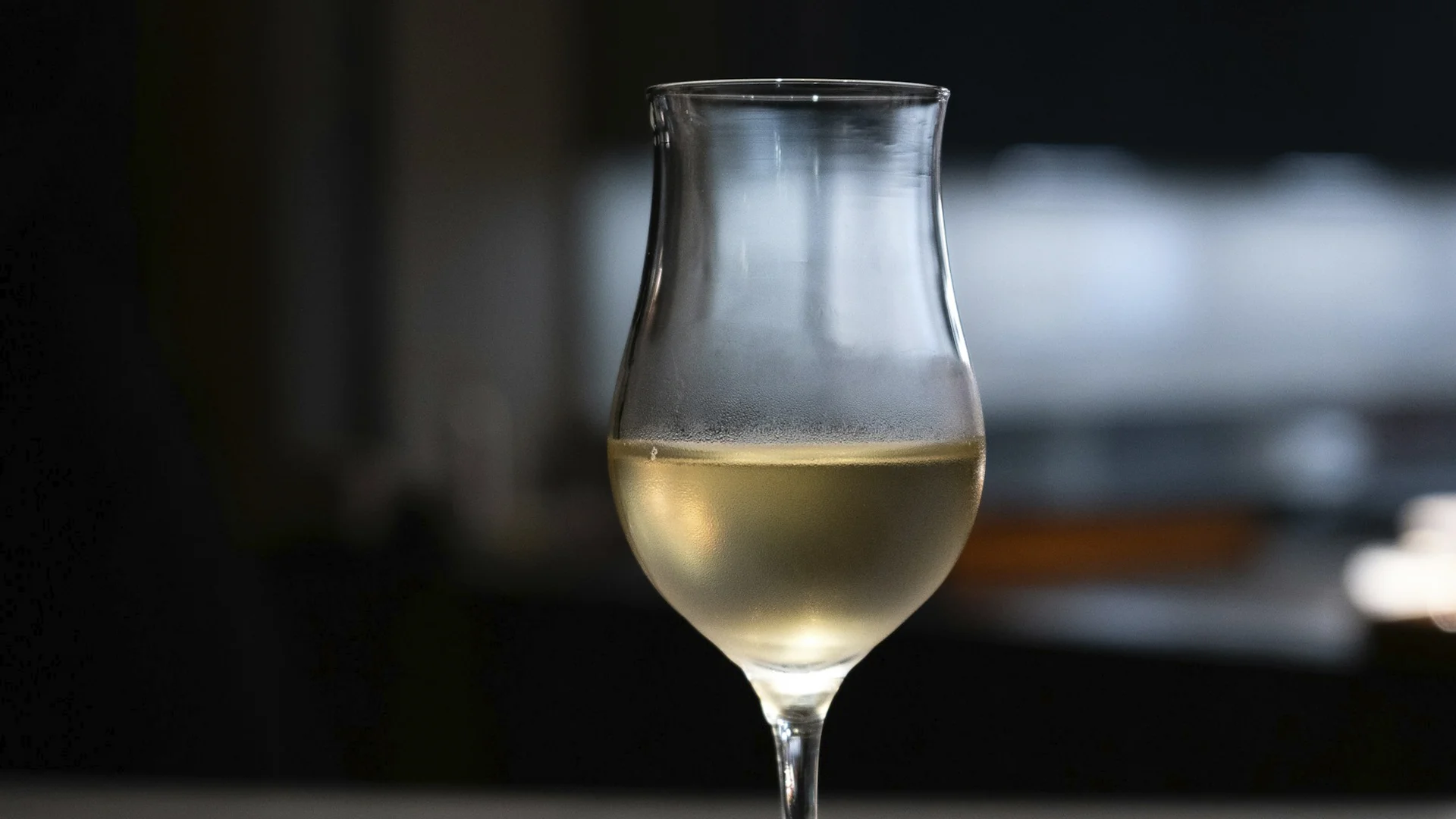


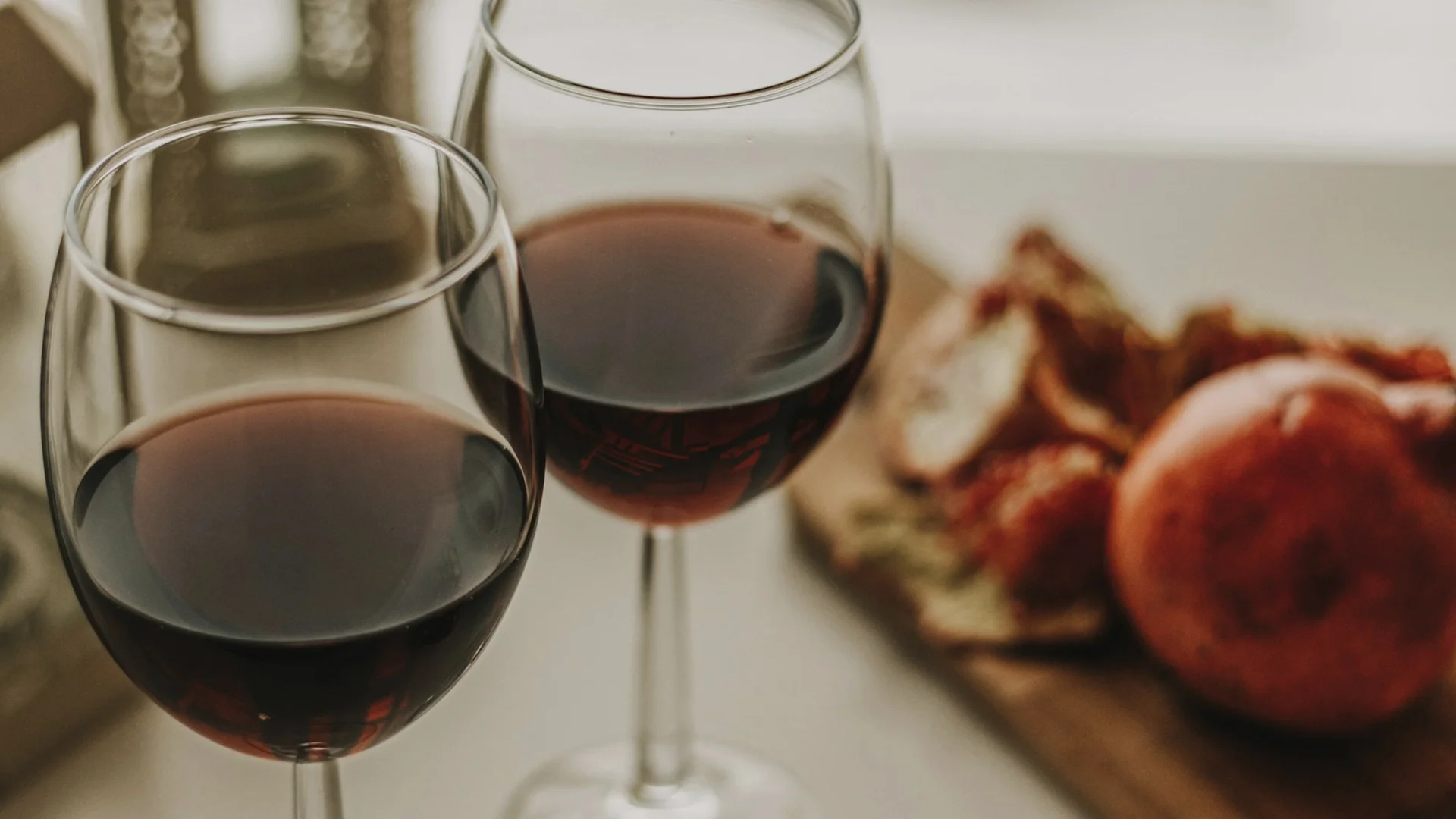


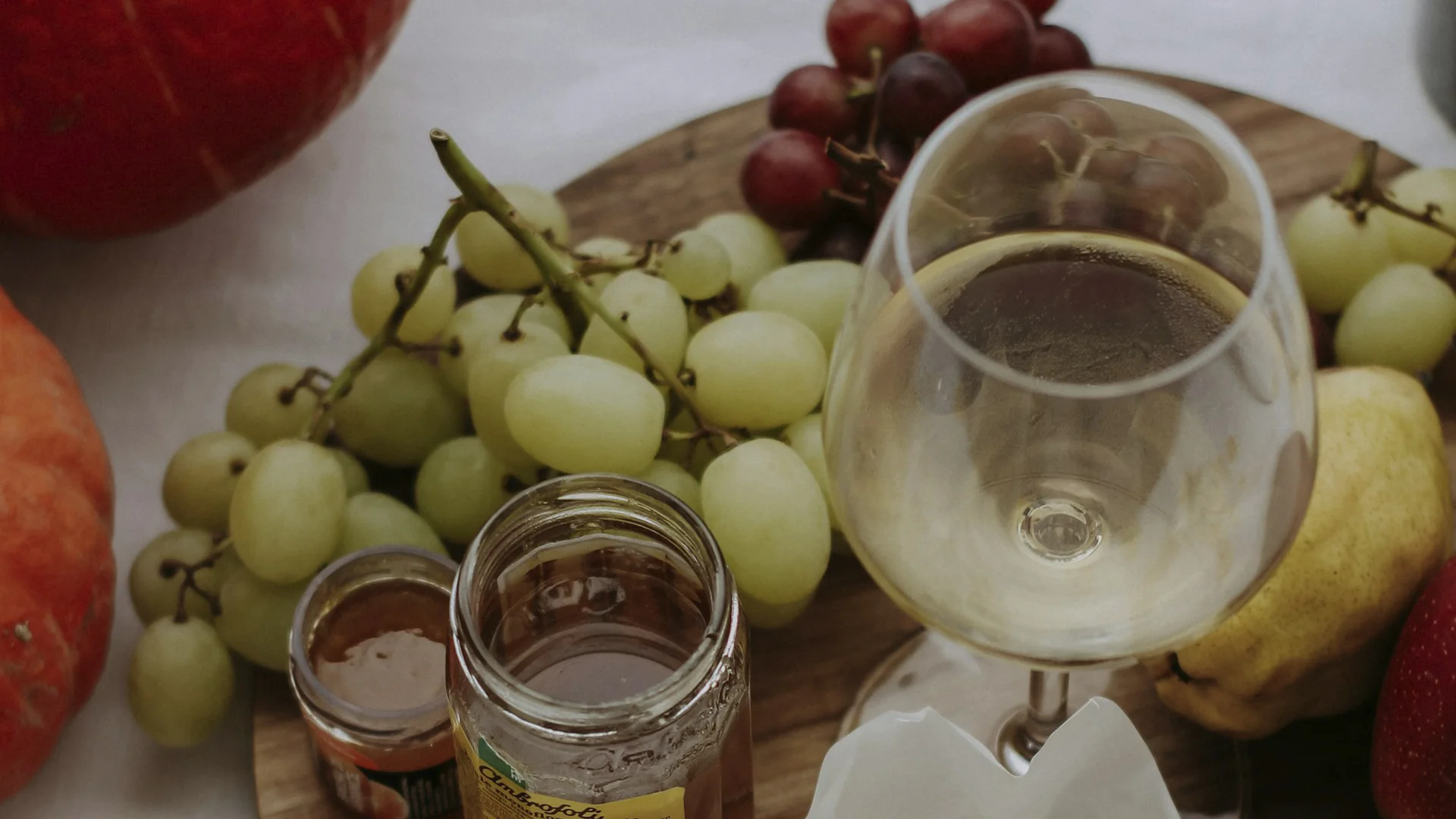












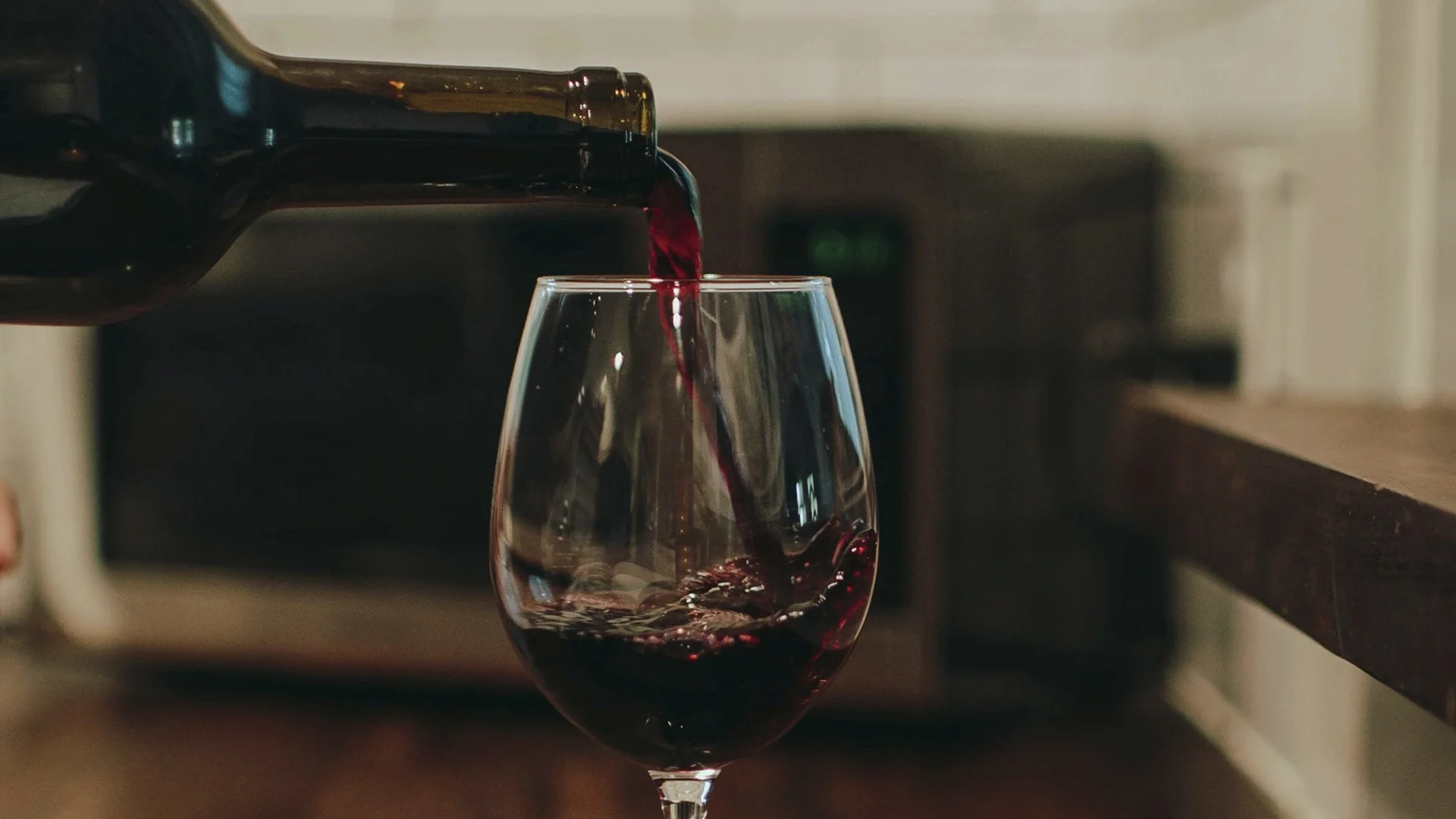


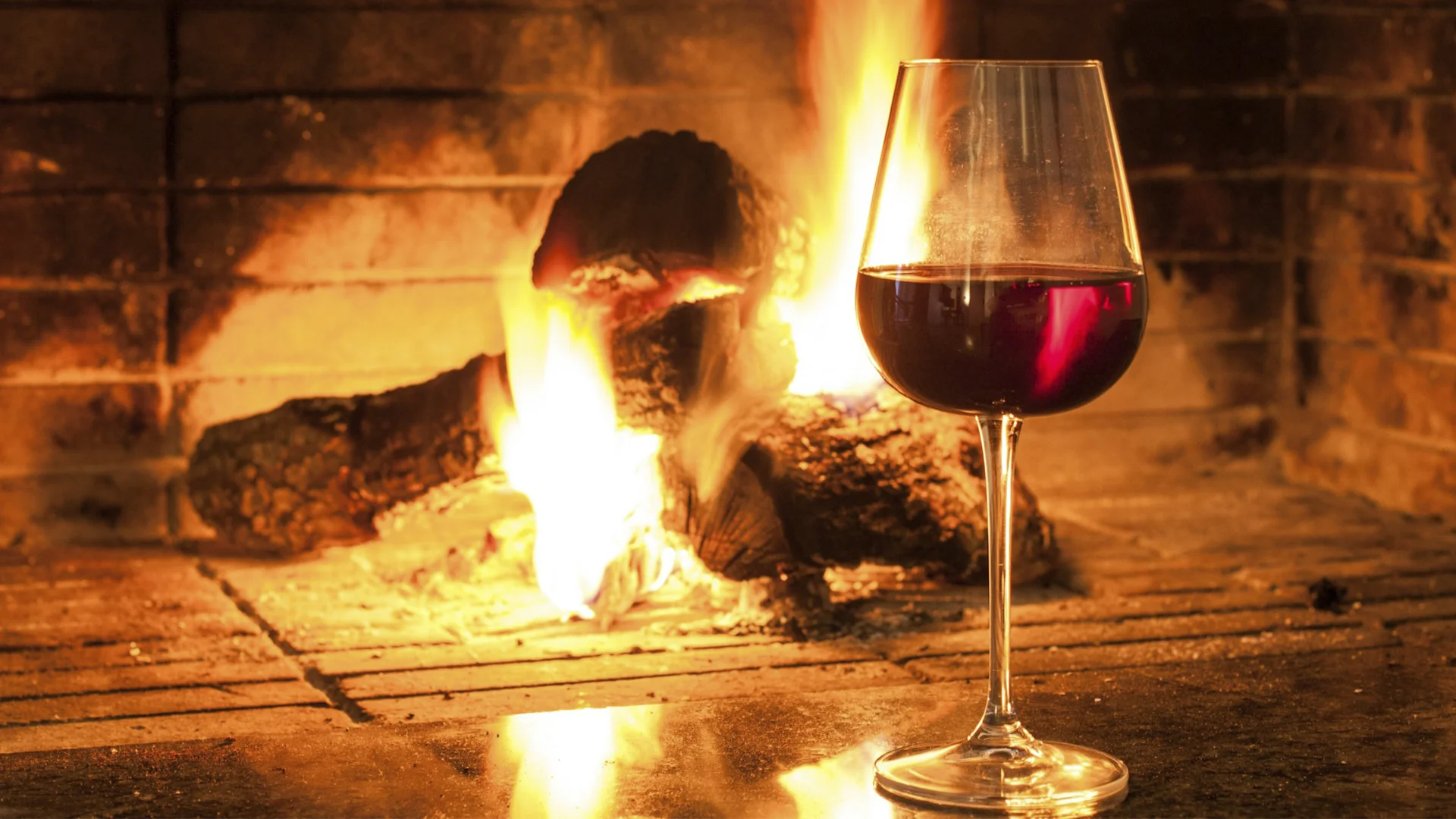



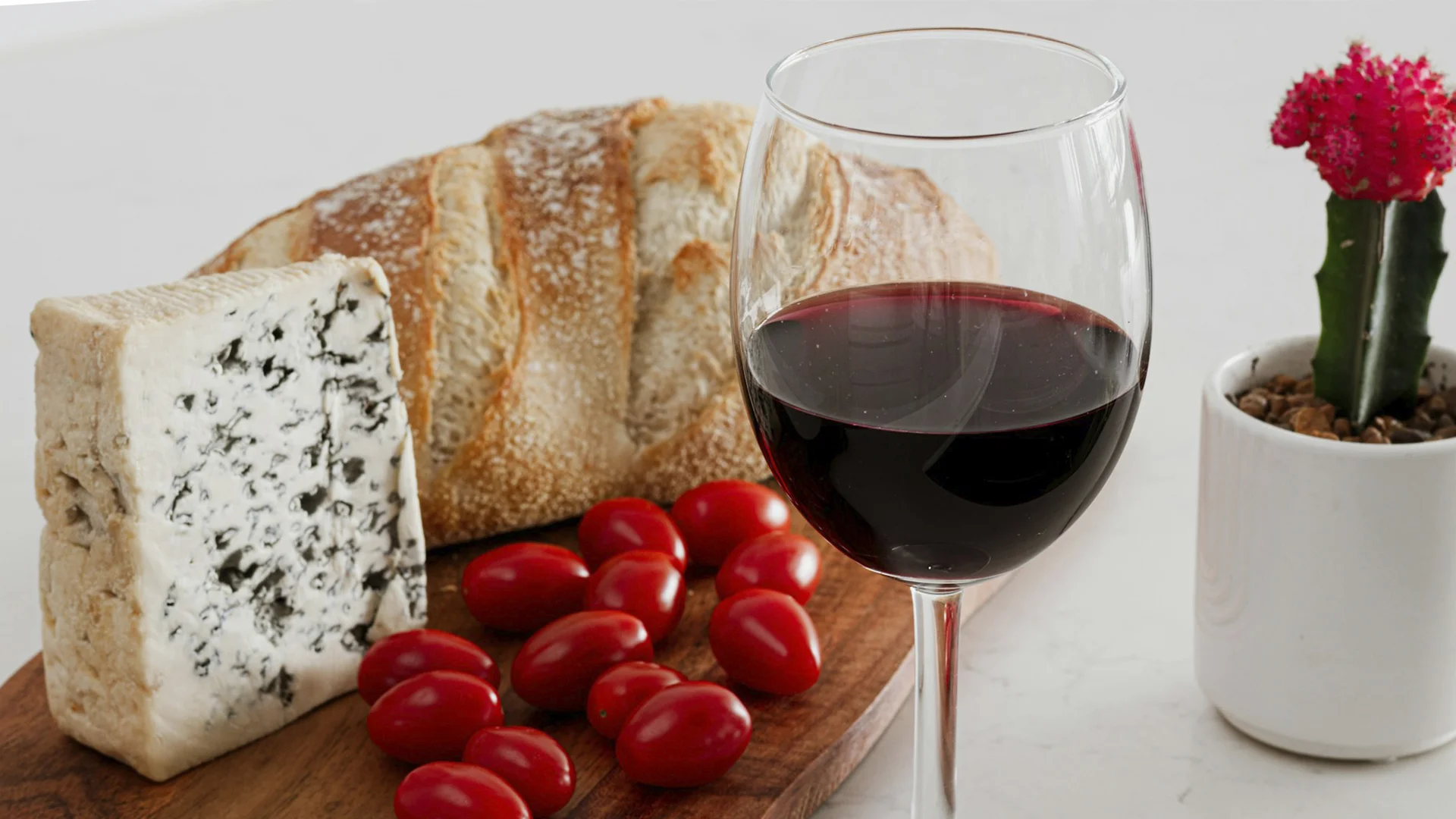

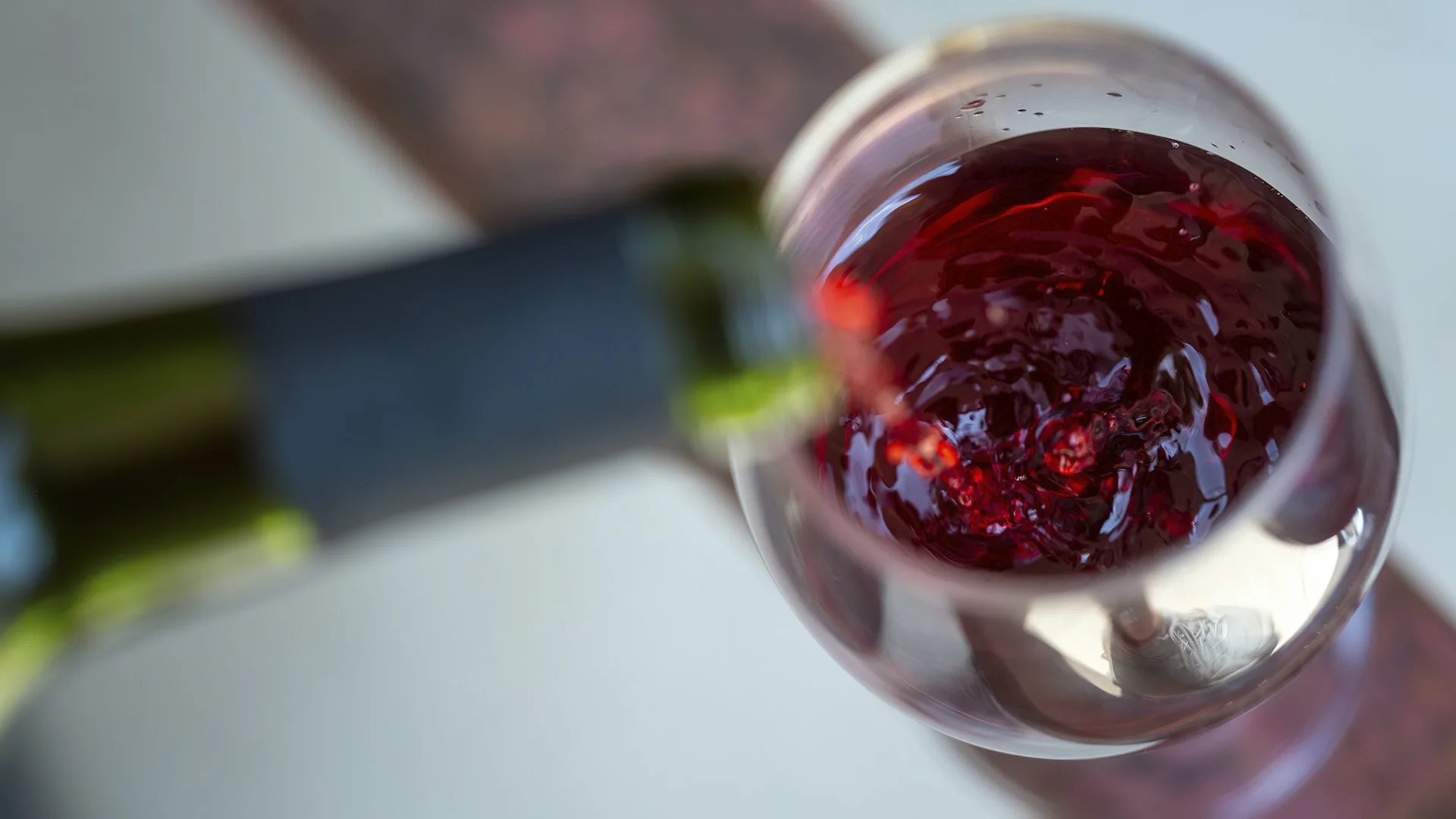


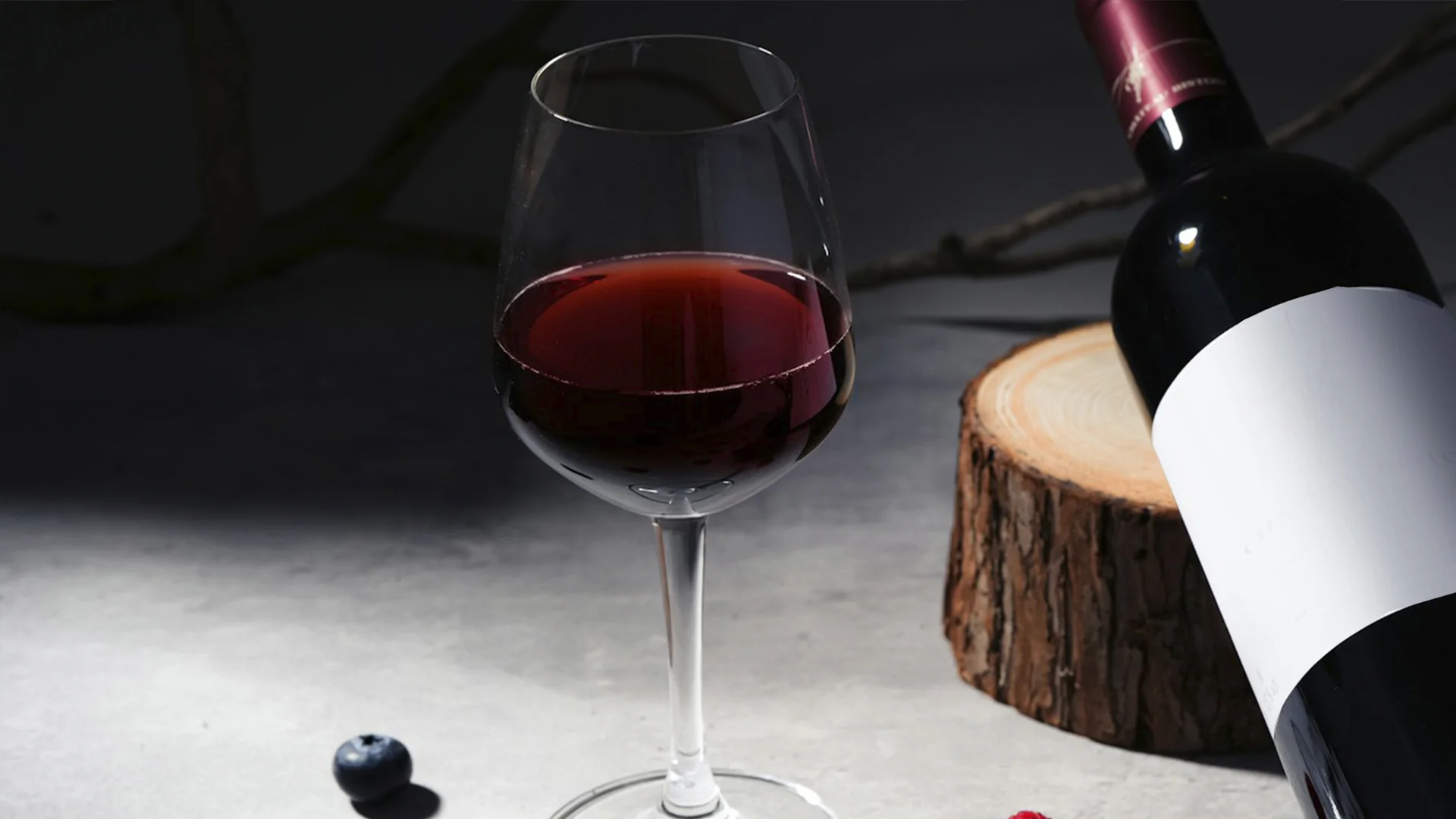

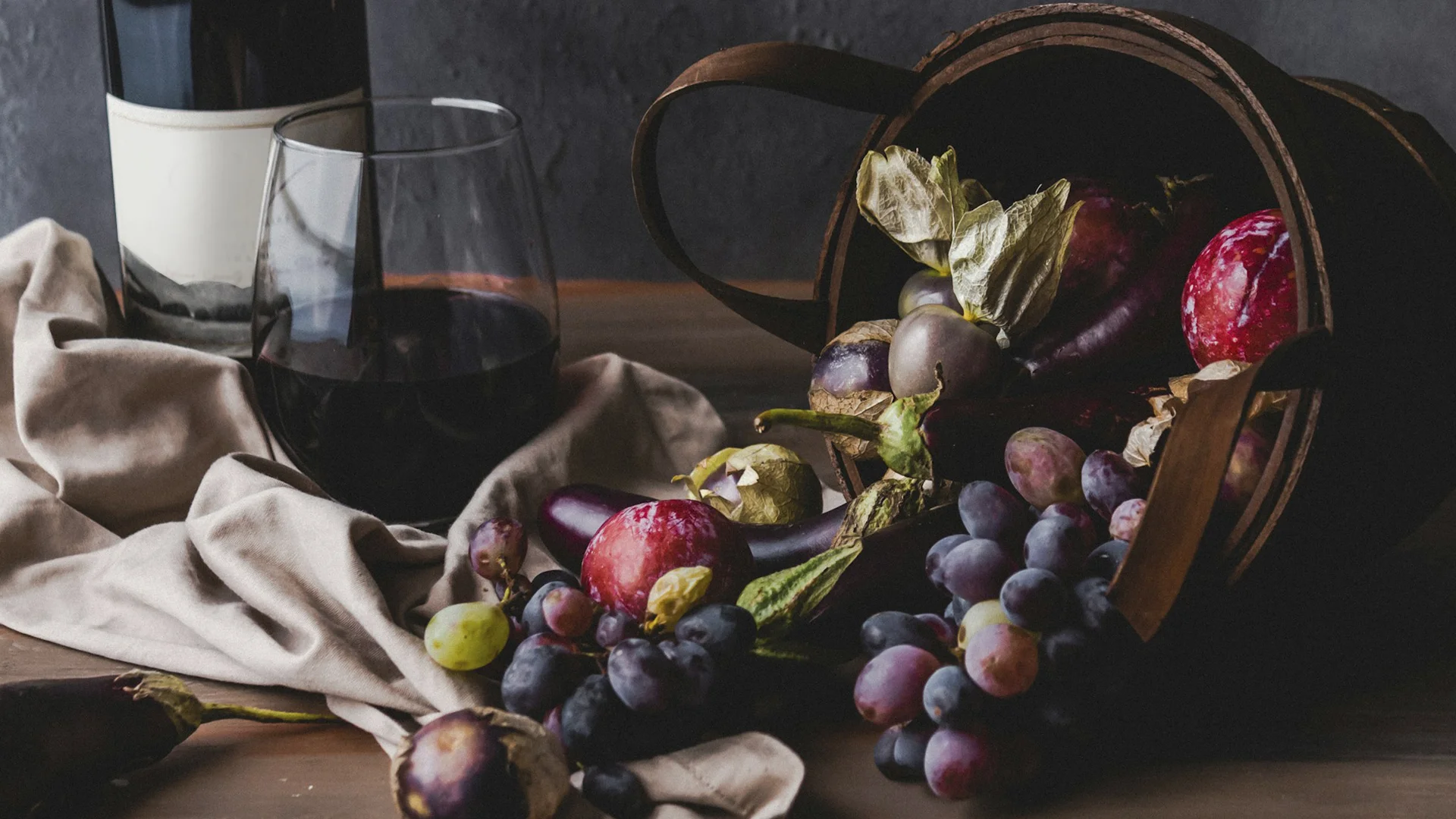
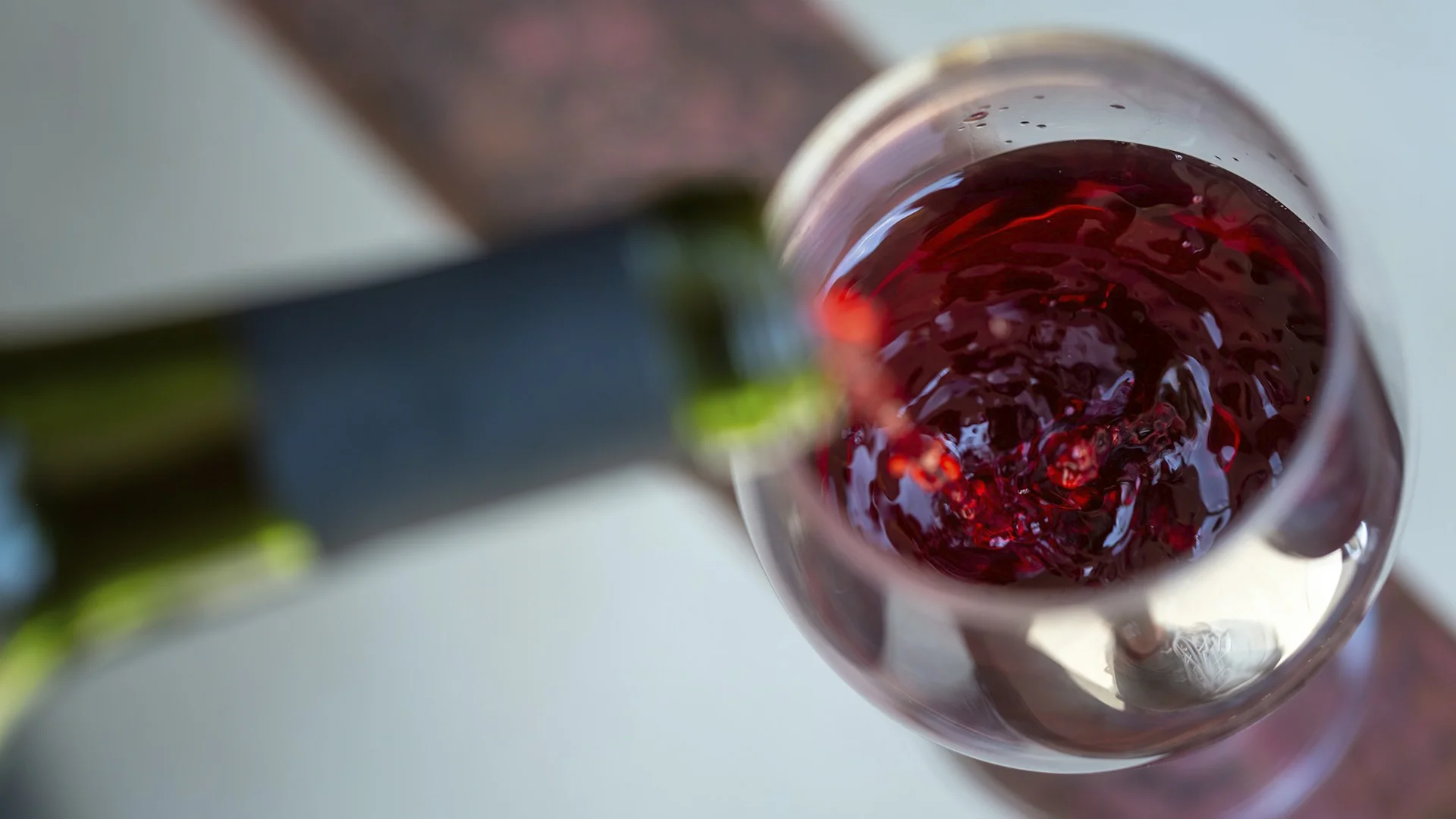







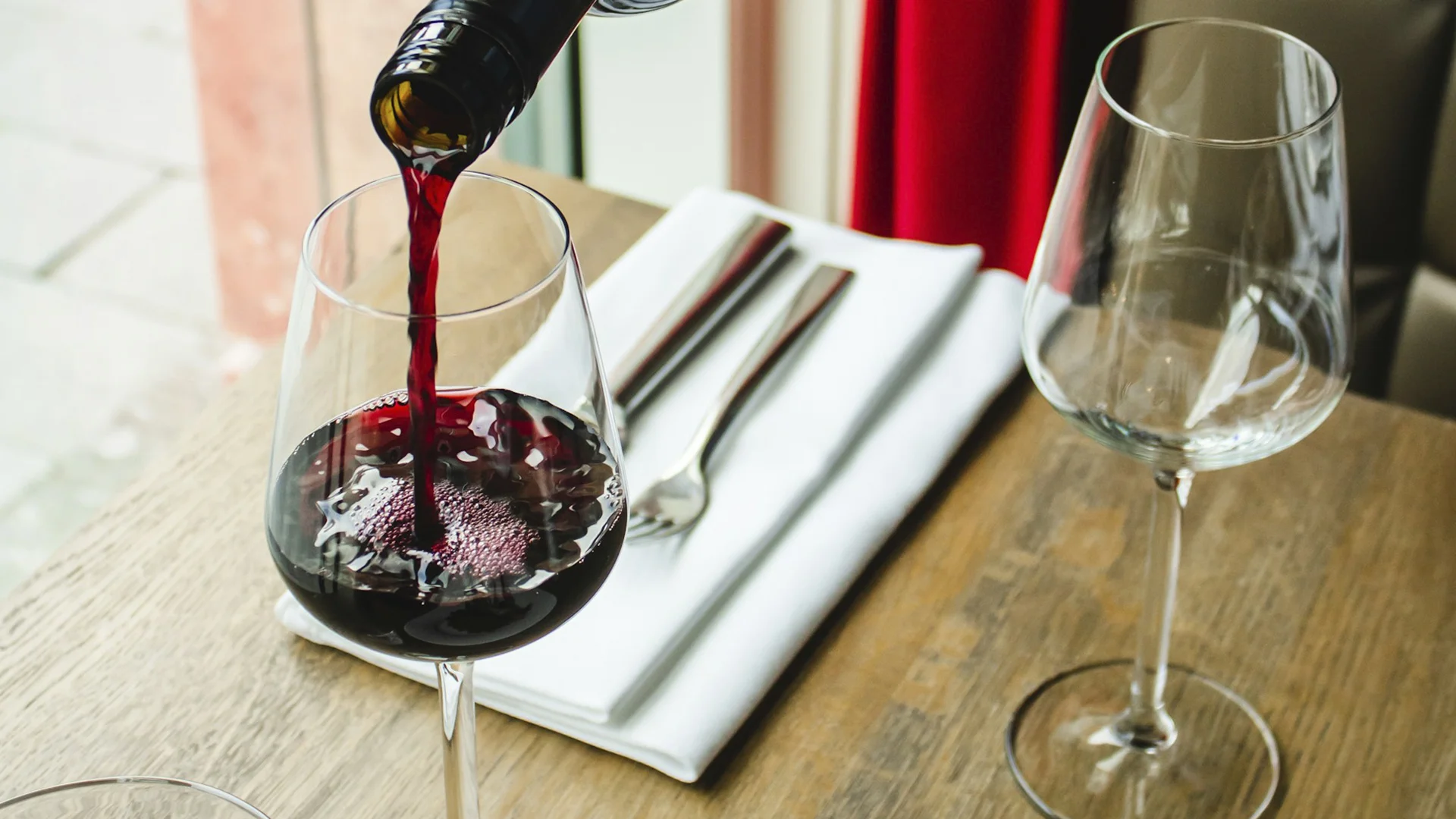












.webp)

.webp)
.webp)
.webp)



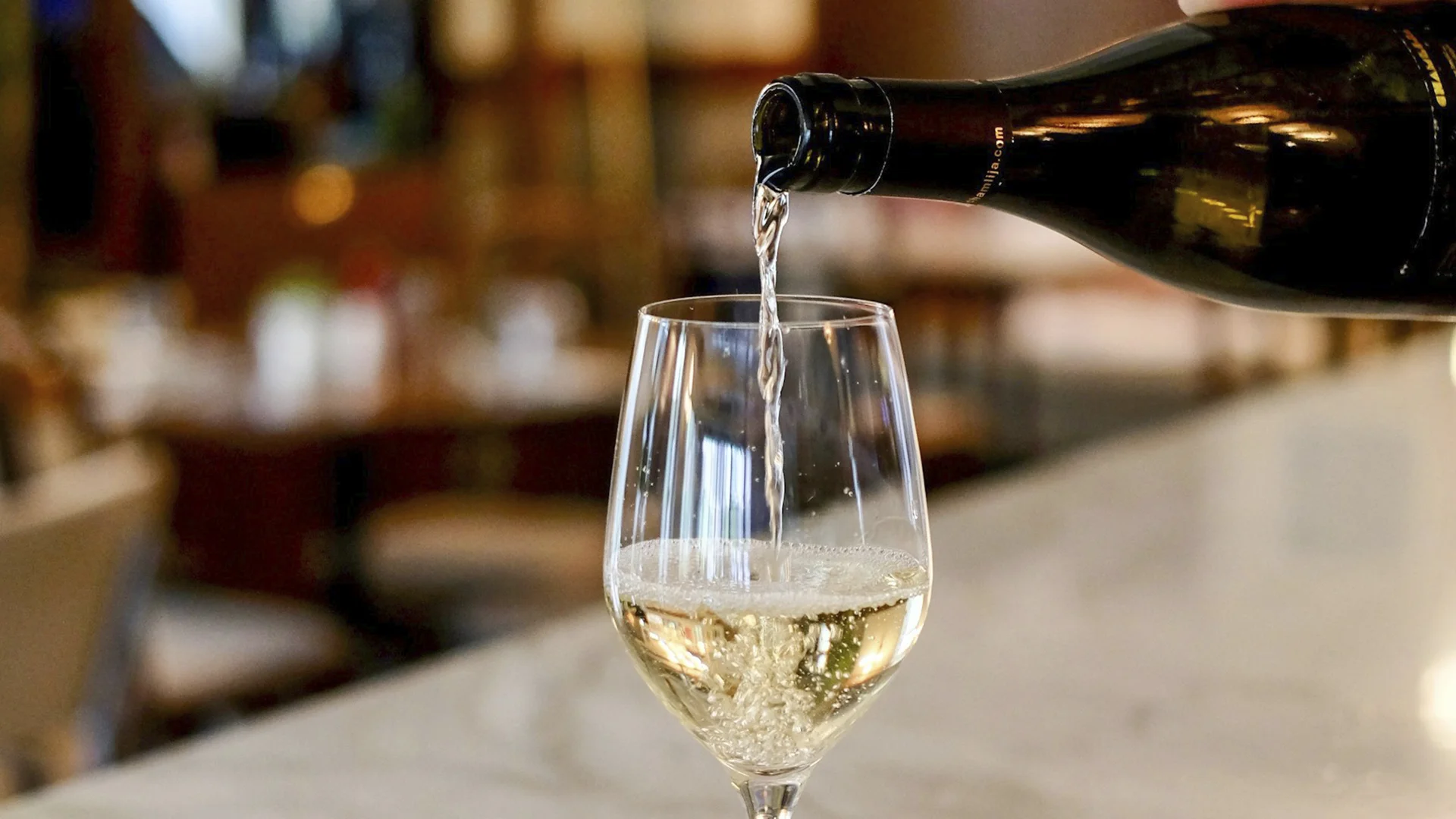


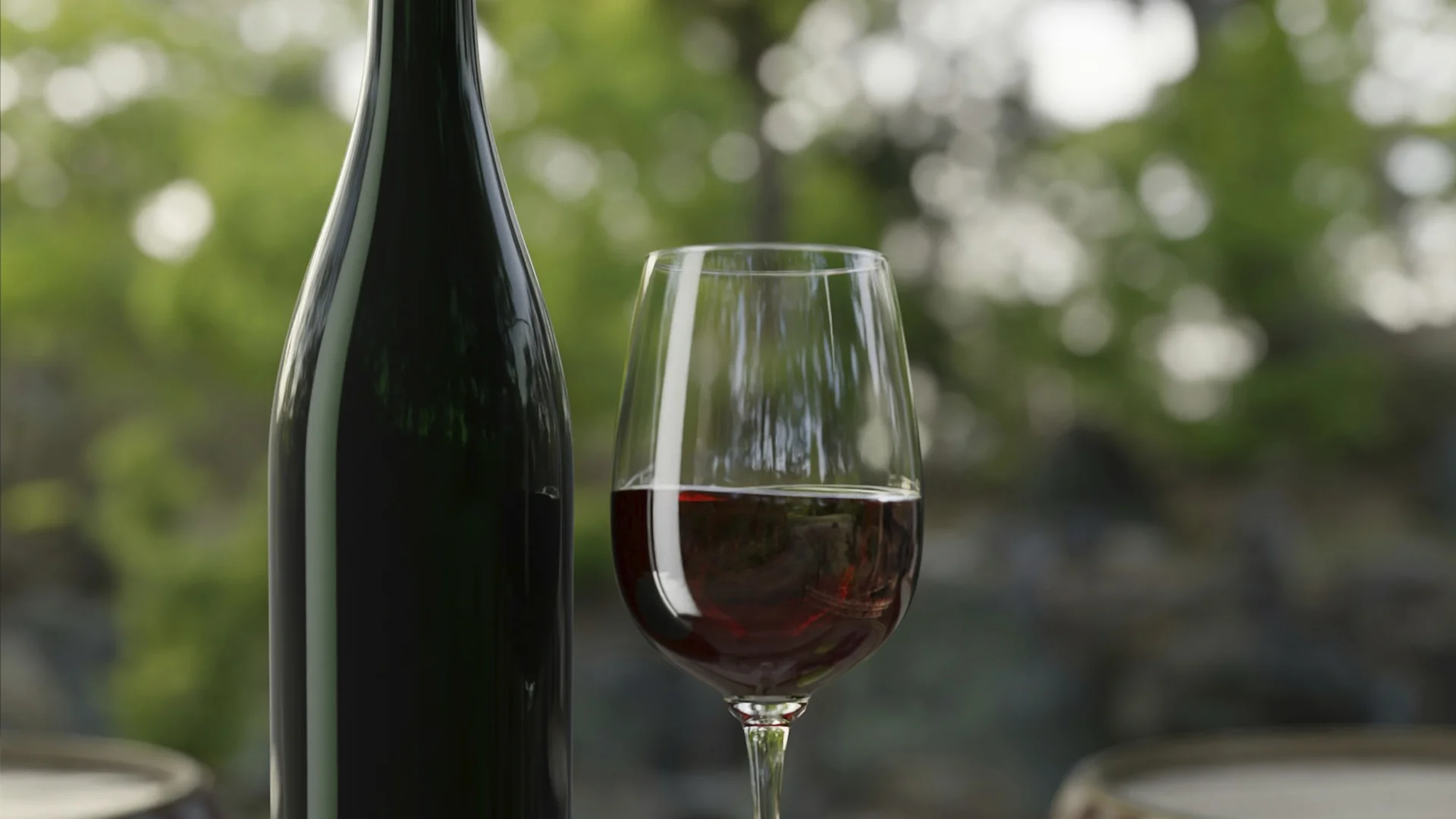



















.webp)













Are you interested in
collaborating with us?